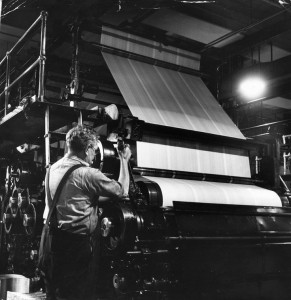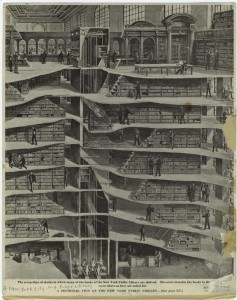CAR BARN
A group of us had dinner in a Chicago garage last night surrounded by Richard H. Driehaus’s car collection. The collection of about 50 cars, I would guess, includes classics such as a 1948 Tucker Torpedo, one of only 51 built, and a 1954 Kaiser Darrin, a 2-seater with weird pocket doors and a fiberglas body. There were a number of concept and customized cars. A 1941 Lincoln Continental V-12 rebuilt by Raymond Loewy, includes a removable plexiglas top and porthole windows. One of my favorites was a 1934 Ford Brewster Town Car, which resembled a high-tech insect.





